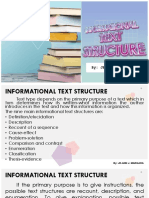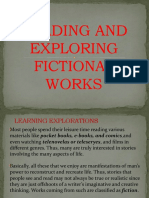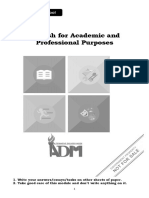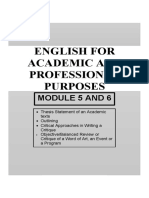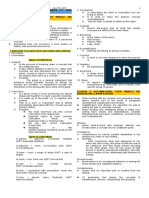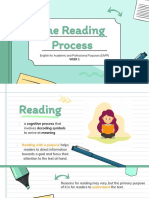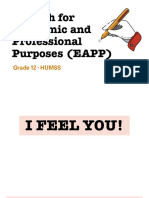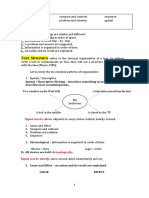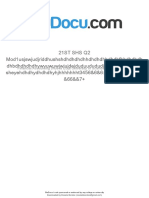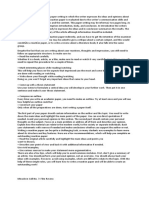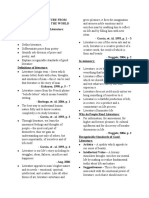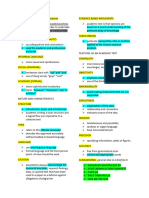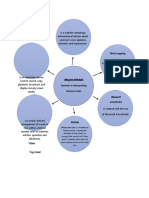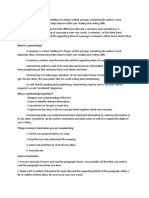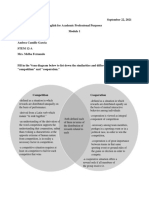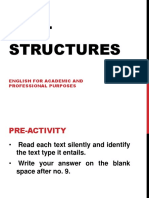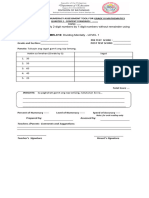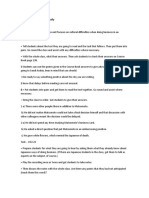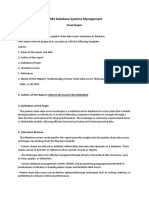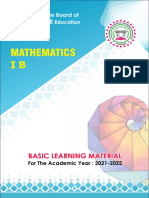100% found this document useful (1 vote)
2K views37 pagesInformational Text Structure
This document discusses 9 main informational text structures: definition, description, sequence, cause-effect, problem-solution, comparison, enumeration, classification, and thesis-evidence. It provides examples of language cues and visual representations that characterize each structure. The structures can be used to convey different types of information, give explanations, or argue a point. Noting language cues, creating graphic representations, and outlining are 3 approaches to determine a text's organizational structure.
Uploaded by
Nasimah SolaimanCopyright
© © All Rights Reserved
We take content rights seriously. If you suspect this is your content, claim it here.
Available Formats
Download as PPTX, PDF, TXT or read online on Scribd
100% found this document useful (1 vote)
2K views37 pagesInformational Text Structure
This document discusses 9 main informational text structures: definition, description, sequence, cause-effect, problem-solution, comparison, enumeration, classification, and thesis-evidence. It provides examples of language cues and visual representations that characterize each structure. The structures can be used to convey different types of information, give explanations, or argue a point. Noting language cues, creating graphic representations, and outlining are 3 approaches to determine a text's organizational structure.
Uploaded by
Nasimah SolaimanCopyright
© © All Rights Reserved
We take content rights seriously. If you suspect this is your content, claim it here.
Available Formats
Download as PPTX, PDF, TXT or read online on Scribd
/ 37

